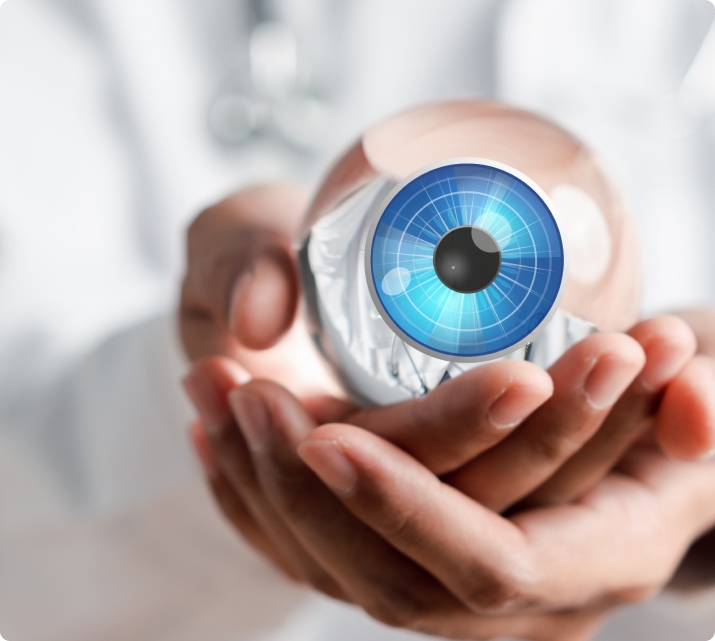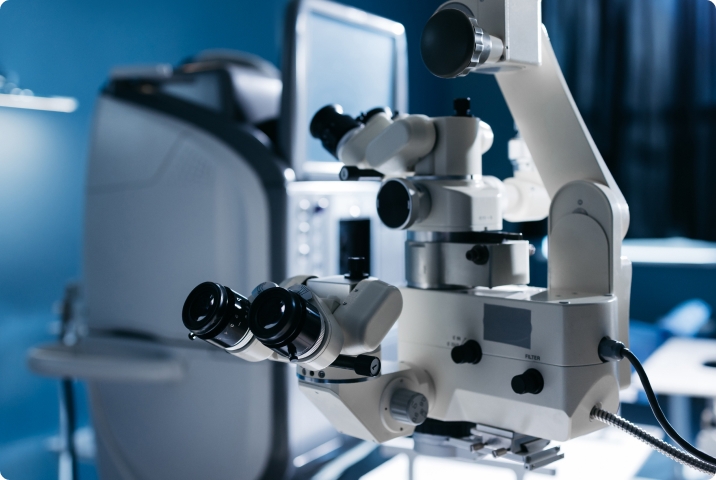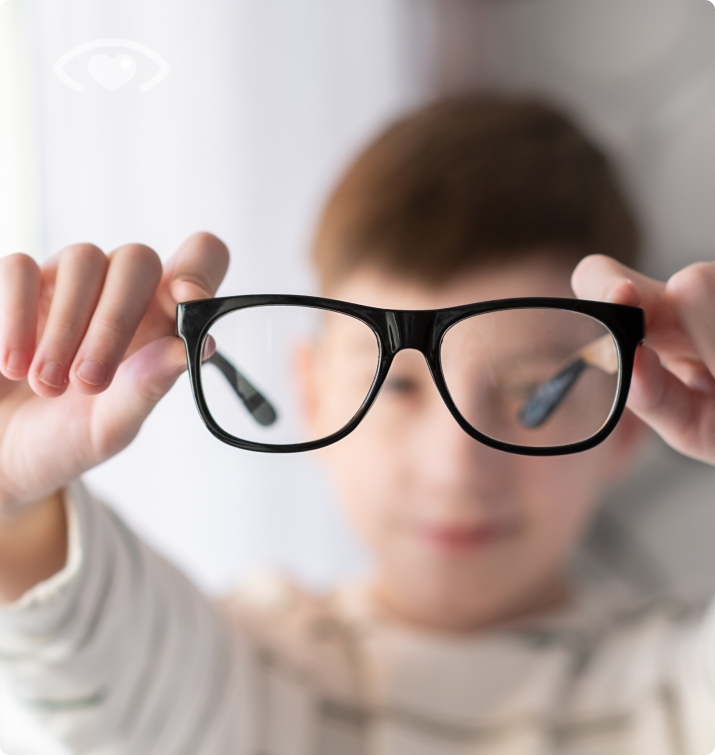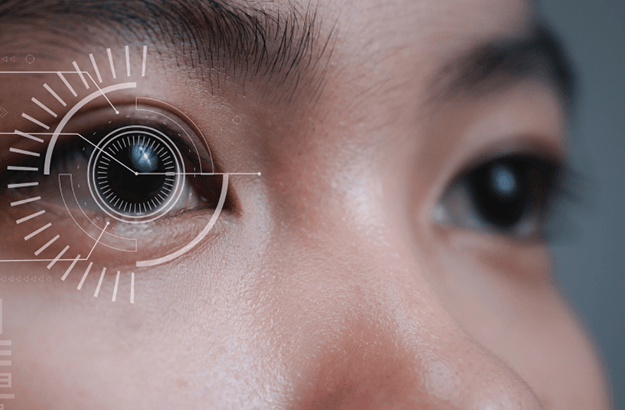Myopia Control


Near Objects Are Clear, Far Objects Are Blurry

- When Relaxing on the Couch to Watch TV Doesn’t Cut It Anymore
- When Decreased Illumination Hinders Your Visual Acuity

When Seeing Clearly Now Requires More Straining

Seeing Normally Should Not Be Uncomfortable
Book an Appointment
Let our optometrists and eye specialist conduct an eye check to determine if you have myopia or not, as well as its severity.
Prompt & Effective Myopia Treatment
Myopia is best treated in childhood. We can slow the progression of myopia using a variety of methods, including special atropine eye drops and visual aids.
Clear & Comfortable Vision
With early intervention and customized visual aids, clear vision and an increased quality of life can be achieved!
Dr Leo Seo Wei is an eye doctor in Singapore with over 20 years of experience in myopia treatment under her belt. Not only is she well-versed in myopia control, Dr Leo is also a paediatric eye specialist. With myopia being a childhood epidemic in Singapore – affecting up to 43.4% of nine year olds – a myopia specialist who is trained to treat children and is comfortable around them, can surely go a long way in managing the disease well.
Our myopia clinic in Singapore is equipped with modern technology and medicines that can detect myopia accurately and treat it in a personalized manner.


The low-dose 0.01% atropine eye drops has proven very useful in controlling myopia progression in children. The lowest dose of 0.01% has minimal side effects. There is minimal dilation of the pupil and almost no effect on the near vision ability for children.
Studies have shown that topical atropine is well-tolerated and effective in slowing the progression of mild and moderate myopia in Asian children.
Higher-dose 1% atropine eye drops have been used to treat myopia at the Singapore National Eye Centre since the 1990s. Only difference is, now we have the low-dose 0.01% version, which has been shown to effectively slow myopia by 50-60% with no side effects such as near-blur or glare which are commonly found with the higher 1% dose.

Myopia occurs when the eyeball is too long or when the cornea is too curved. Distant objects thus appear blurry because their images are focused in front of the retina (the light-sensitive part of the eye) rather than precisely on it.
Even as myopia increases collectively around the world, myopia prevalence seem to also vary by ethnicity, with East Asians leading the pack. In Singapore, 10% of kindergarten children, 60% of Primary 6 children and 80% of 18-year-olds are myopic. Myopia usually stabilizes in one’s twenties.
Genetics: The risk of developing myopia is higher if one or both parents are myopic
Environmental: Excessive near-sighted work (e.g. reading, computer games, and mobile use) and insufficient outdoor time increases the risk of myopia
Other than the inconvenience of wearing glasses and undergoing treatment, myopia (particularly severe myopia) can be associated with visual complications such as:
- Macular Degeneration: Severe myopia may be associated with macular degeneration, which results in irreversible vision loss in the centre of the visual field
- Cataracts: Myopia is linked to the earlier onset of cataracts, the clouding of the eye’s natural lens
- Glaucoma: Severe myopia increases the risk of developing glaucoma, which left untreated can lead to blindness
- Retinal Tears & Detachment: Eyes with severe myopia are overly elongated, resulting in a thinner retina that is more prone to tears, holes and detachments
Early detection of myopia and intervention is crucial. Go for annual eye checks
At our clinic, pre-verbal children can also be effectively tested for myopia through specially-adjusted tests
Being actively involved outdoors and periodically taking eye breaks by looking at distant objects
Getting customized visual aids (e.g. spectacles) so that your eyes no longer have to strain to see clearly, which worsens your vision

